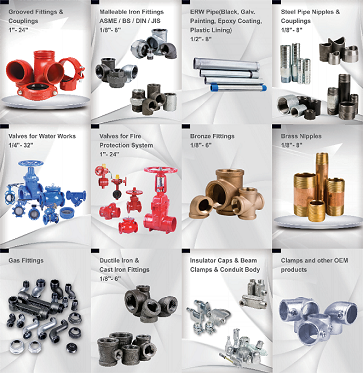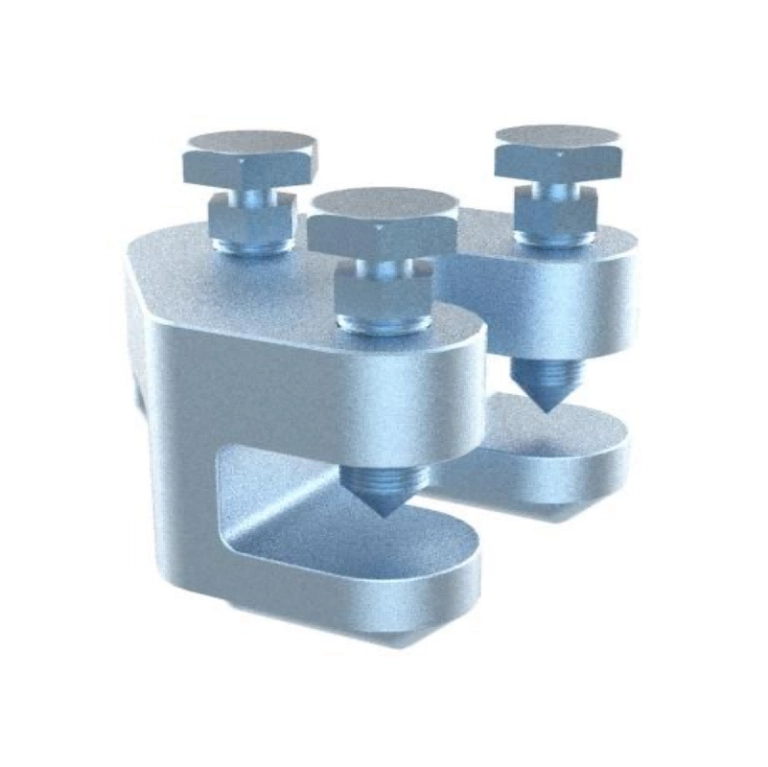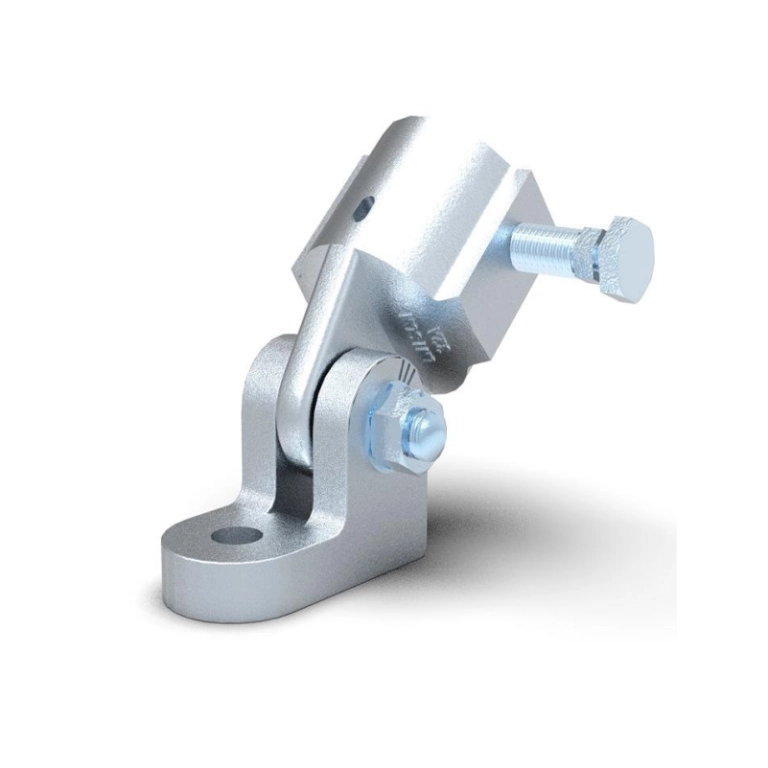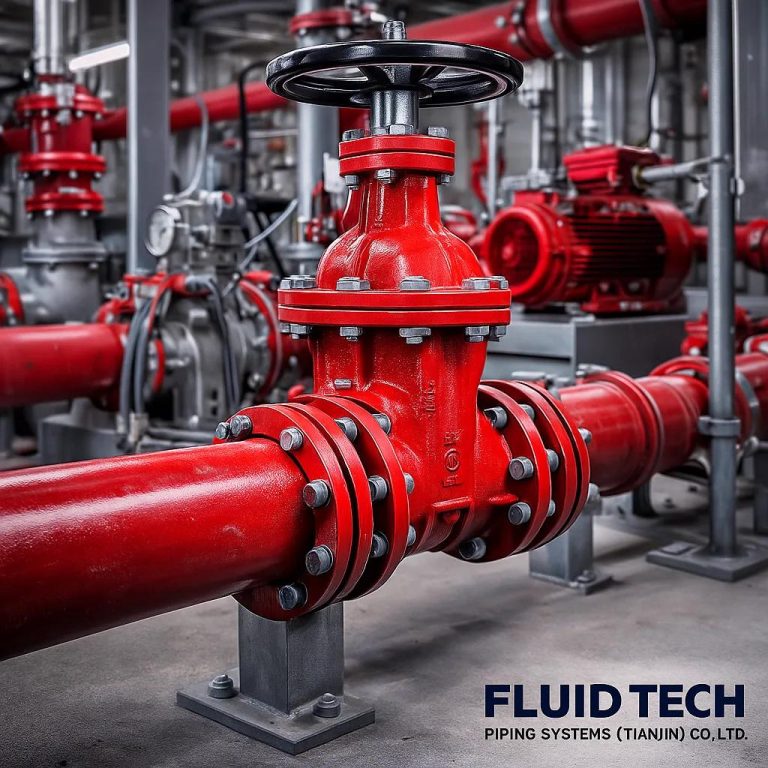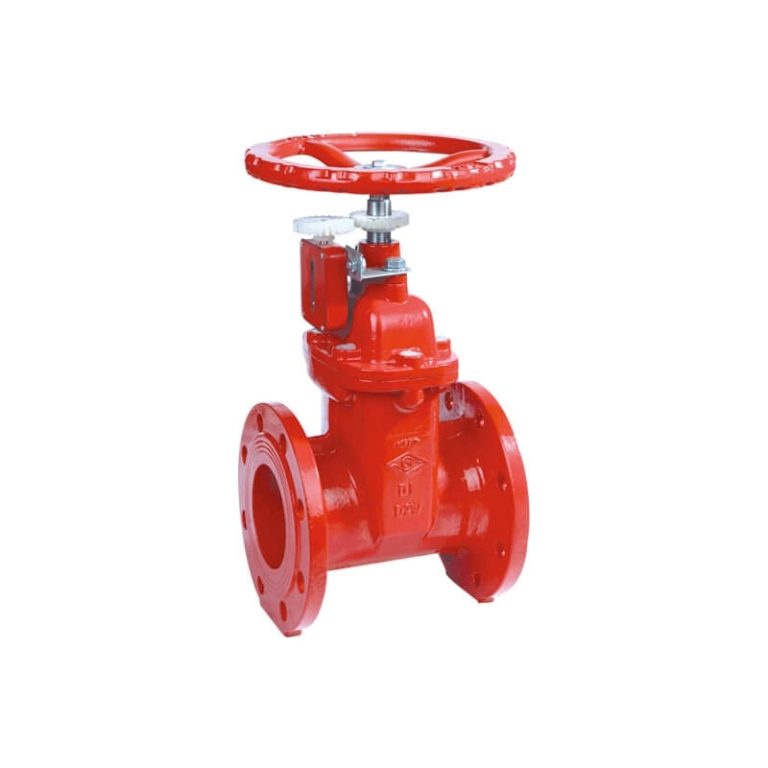When a fire breaks out, your pipe fittings are like superheroes. They make sure your система пожарной защиты works fast and right. Learn why pressure-resistant fire pipe fittings are super important and how to pick the best ones.
Why Are Fire Pipe Fittings a Big Deal in High-Pressure Systems?
Fire pipe fittings are the hidden stars of fire protection. They make sure water or fire-fighting stuff gets where it needs to go during emergencies. If you pick the wrong fittings, even a tough system might not work when a fire hits.
What Fire Pipe Fittings Do
Fire pipe fittings connect pipes, change directions, and control flow. They keep the system strong, even in crazy situations. Things like elbows, tees, reducers, or couplings gotta work perfectly with the pipes to fight fires fast.
Why Pressure Resistance Makes Systems Trusty
High-pressure systems need parts that can handle big force without breaking or leaking. Pressure-resistant fittings make sure water or fire-fighting stuff flows smoothly to every part of a building. Seamless steel pipe is super strong because it has no welds. It can take high pressure and heat, which is key in tall buildings or factories where pressure changes fast during a fire.
What Happens with Bad Fittings
Using cheap or wrong fittings can cause big problems. Leaks, bursts, or fittings coming apart can ruin a fire system’s job. This could lead to damaged buildings, hurt people, or worse. So, picking tested and certified fittings, like those from Fluid Tech, is a smart move.
How Do Materials Change How Fittings Work Under Pressure?
The stuff fittings are made of matters a lot for how well they handle pressure. Different materials are good for different places and jobs.
Common Materials for Fire Pipe Fittings
Ductile Iron and Its Toughness
Ductile iron is super popular because it’s strong and bends a little without breaking. It’s great for handling sudden pressure spikes in high-pressure systems, so it won’t crack easily.
Galvanized Steel to Stop Rust
Galvanized steel has a special coating to fight rust, making it awesome for indoor or outdoor use. You can get it in Original, Black paint, Galvanized, or Red paint finishes. These help fittings last longer, even in yucky conditions.
Picking Materials for Your Needs
Choosing between ductile iron, galvanized steel, or seamless steel depends on things like wetness, heat changes, shaking, or how long you need them to last. For example, Стальная труба ERW is made by rolling cold steel and welding the edges. It’s okay for some jobs but not as tough as seamless steel pipe for super high-pressure systems.
Are All Fire Pipe Fittings Good for Pressure?
Not every fitting can handle high pressure over time. Some are better than others. The GI fittings can bear the 2.5Mpa pressure, grooved fittings bear the 2.0Mpa pressure. But for forged fittings, the working pressure is about 3000 PSI equal 20 Mpa.
Rules and Tests That Matter
UL, FM, and Other Big Certifications
Certifications like UL (Underwriters Laboratories) and FM (Factory Mutual) show a fitting is high quality. Fluid Tech’s fire protection products pass FM/UL/CE/LPCB/VDS tests, so they’re safe for important projects all over the world.
Making Sure Fittings Are Well-Made
Good factories check every fitting carefully. They test for thickness, material quality, threading, and coatings to make sure there are no leaks or breaks under pressure. They also check if fittings can handle rust, so they last a long time.
Can Good Fitting Design Stop System Problems?
The way fittings are made is just as important as the material for keeping systems safe.
Threaded vs. Grooved vs. Welded Fittings
Each type of fitting has its own perks:
- Резьба: Easy to put in, but they might loosen if things shake a lot.
- Grooved: Quick to install and great for places that move, like earthquake zones.
- Welded: Super strong but needs skilled workers to set up.
Picking the right one depends on what your system needs and where it’s used.
Stopping Leaks with Smart Design
Well-made fittings have things like sealing grooves or strong threads to stop leaks, even when pressure changes. The double screw bundle with rubber is a tough, long-lasting part that grips tight and seals well in all kinds of jobs.
Heat and Shaking Effects on Fittings
Hot temps can make fittings stretch. Shaking can loosen them over time. So, pick fittings rated for high heat, like up to 343°C (650°F), to keep them working great without falling apart.
Why Is Pro Installation So Important?
Even the best fittings can mess up if they’re not put in right.
Problems from Bad Installation
If you tighten threaded fittings wrong or mess up welding, it can make weak spots in the system. These might not show up until a fire hits, and then it’s too late.
Why Certified Workers and Checkups Matter
Trained pros know how to install fittings like grooved couplings or riser clamps the right way. They also follow checkup plans to stop wear and tear from turning into big dangers.
Where Does Fluid Tech Come In for Fire Protection?
When you need trusty parts for high-pressure fire systems, Fluid Tech is a top choice.
Fluid Tech’s Know-How in Fire Protection
Жидкая технология is the first company in northern China to focus on fire protection with their own brand, IF grooved coupling and grooved fittings. They work with factories to make awesome fire safety stuff.
Why Fluid Tech Is a Great Pick
Products Made for Tough Jobs
Fluid Tech offers ERW steel pipes that follow ASTM/ASME or EN standard, plus seamless pipes built for high-pressure systems. Their UL/FM approved clevis hangers and riser clamps can handle up to 343°C (650°F), perfect for serious fire setups.
Focus on Safety and Quality
All Fluid Tech’s exported fire protection products pass FM/UL/CE/LPCB/VDS tests. Their factories have ISO/TUV/SGS awards, so every batch is super reliable.
What Should You Think About Before Picking Fire Pipe Fittings?
Before you choose, keep these things in mind:
Matching Your Current System
Make sure new fittings fit your pipes’ size (OD/thickness), connection type (threaded, grooved, or welded), and material (like carbon steel or seamless).
Lasting a Long Time and Easy Upkeep
Pick rust-proof finishes, like electro-galvanized, if your place is wet or has chemicals. A riser clamp is great for steady jobs in plumbing or HVAC that need to last.
Saving Money Without Risking Safety
Cheap fittings might seem nice at first, but certified ones from Fluid Tech keep you safe without costing too much.
FAQs About Fire Pipe Fittings in Pressure-Resistant Installations
Q1: What’s different about regular pipe fittings and fire pipe fittings?
Fire pipe fittings are made for higher pressure and heat in emergency systems. They have special certifications like UL/FM that regular plumbing stuff doesn’t.
Q2: How often should fire pipe systems be checked?
NFPA says do quick looks every month and full tests every year with pros.
Q3: Can I use normal plumbing fittings for fire systems?
Nope. Regular fittings don’t have UL/FM certifications needed for sprinklers or hydrants to keep things safe.


